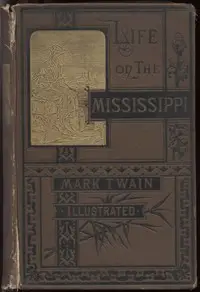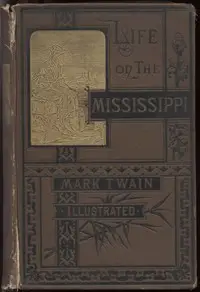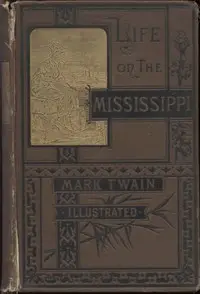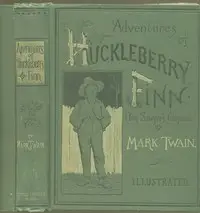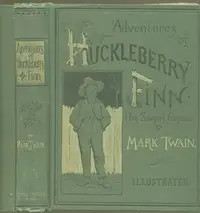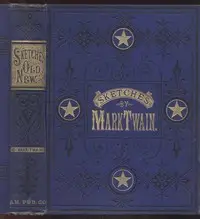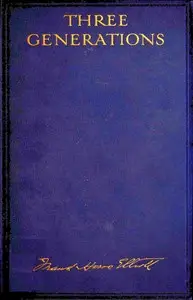"Life on the Mississippi, Part 5" by Mark Twain, tells of his revisiting the Mississippi River after being away for over two decades, sharing a mix of memories and observations about how things have changed. The story acts as a window into the past, showing the steamboat business, cultural shifts, and Twain’s own development as he thinks back to his time on the river before the Civil War and big technology changes arrived. Twain talks about how the steamboat business has shrunk, blaming it on the growth of trains and other things, leading to steamboats being replaced and a shift in society. With funny stories and smart thoughts, Twain paints a picture of cities like St. Louis and Cairo changing, while also lamenting the fading of the lively steamboat culture that used to be everywhere on the river. The narrative is also about his own missing the good old days of being a pilot, and him recognizing that time moves on, bringing changes with it.
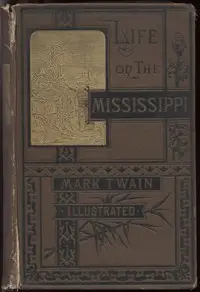
Life on the Mississippi, Part 5.
By Mark Twain
After a long absence, a former riverboat pilot returns to the Mississippi only to find a river and a way of life fading into memory.
Summary
About the AuthorSamuel Langhorne Clemens, known by the pen name Mark Twain, was an American writer, humorist, and essayist. He was praised as the "greatest humorist the United States has produced," with William Faulkner calling him "the father of American literature." Twain's novels include The Adventures of Tom Sawyer (1876) and its sequel, Adventures of Huckleberry Finn (1884), with the latter often called the "Great American Novel." He also wrote A Connecticut Yankee in King Arthur's Court (1889) and Pudd'nhead Wilson (1894) and cowrote The Gilded Age: A Tale of Today (1873) with Charles Dudley Warner.
Samuel Langhorne Clemens, known by the pen name Mark Twain, was an American writer, humorist, and essayist. He was praised as the "greatest humorist the United States has produced," with William Faulkner calling him "the father of American literature." Twain's novels include The Adventures of Tom Sawyer (1876) and its sequel, Adventures of Huckleberry Finn (1884), with the latter often called the "Great American Novel." He also wrote A Connecticut Yankee in King Arthur's Court (1889) and Pudd'nhead Wilson (1894) and cowrote The Gilded Age: A Tale of Today (1873) with Charles Dudley Warner.

